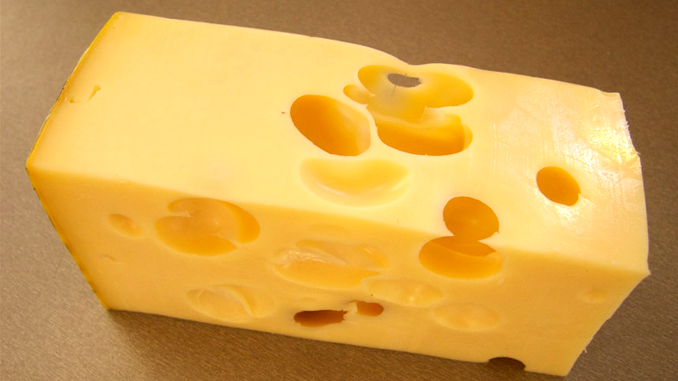
There’s a difference between technically edible and realistically edible, and the kefir cheese found in Ordek’s Necropolis in China provides a perfect example. While it may technically remain edible, there are a few reasons that it would not be eaten.
First is the value as a historical find. Dated to about 1650 B.C., the cheese – discovered in 2002 and positively identified by researchers in 2014 – is the oldest known sample of the popular dairy product by a measure of more than two thousand years.
Second is the age itself; even if it has been preserved by conditions that rendered it effectively vacuum-sealed, it is still a food product that’s about 3800 years past the sell-by date.
The third is that the cheese was found on the necks and chests of mummified Chinese corpses.
Researchers believe that the bodies were interred with small snacks to help keep them during their souls’ journeys into the afterlife. The cheese curds were, on average, a few centimeters long and maintained a functional stability.
Kefir cheese is a simple cheese made without the now-standard rennet, and there are recipes on how to make it that can be found online, such as this one from culturedfoodlife.com. It’s a soft cheese which typically decays quickly, but the mummies demonstrated that “typically” does not equate to “always.”
Question of the night: What’s your favorite snack cheese (or cheese-flavored snack)?
